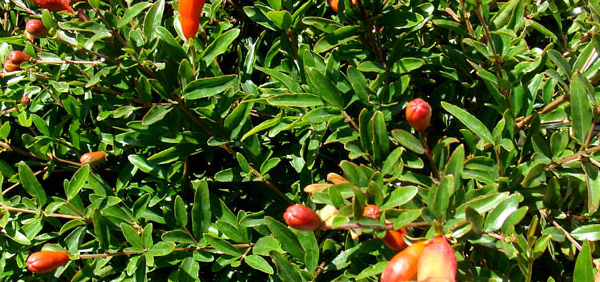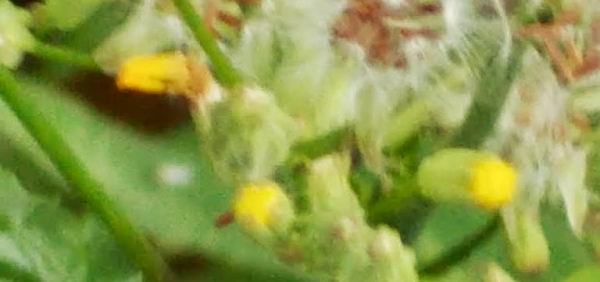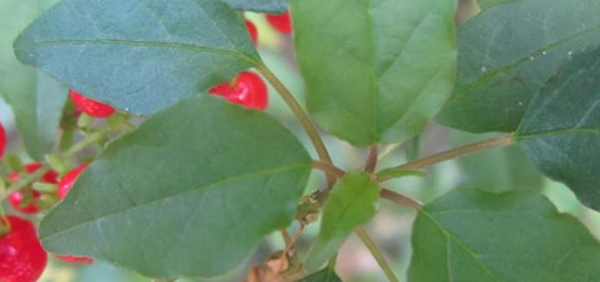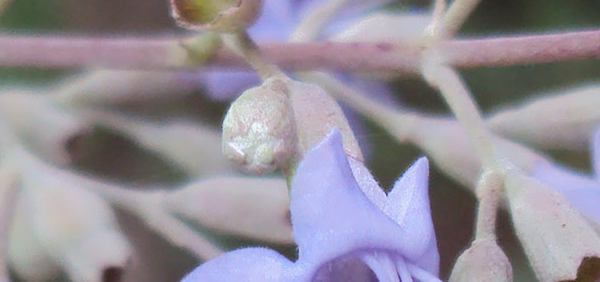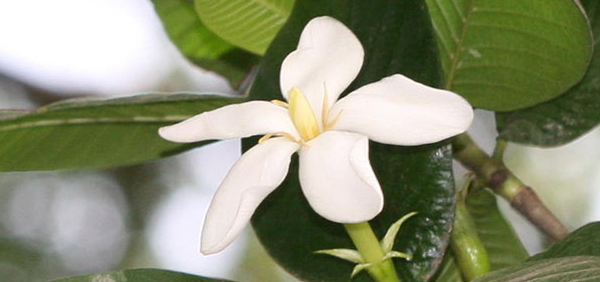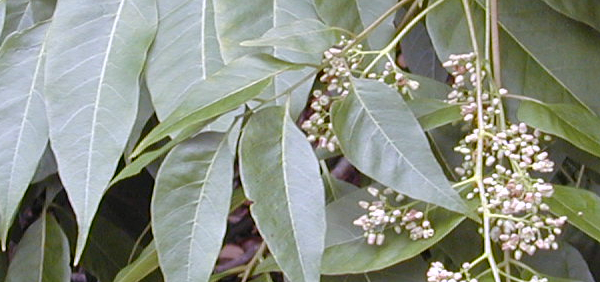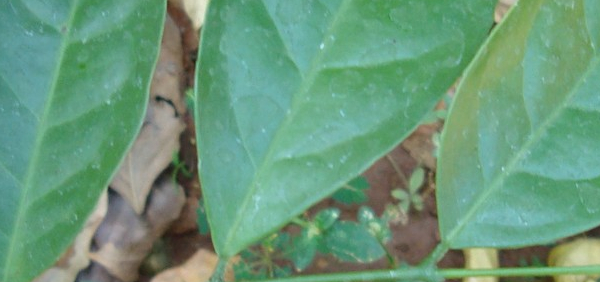musta :
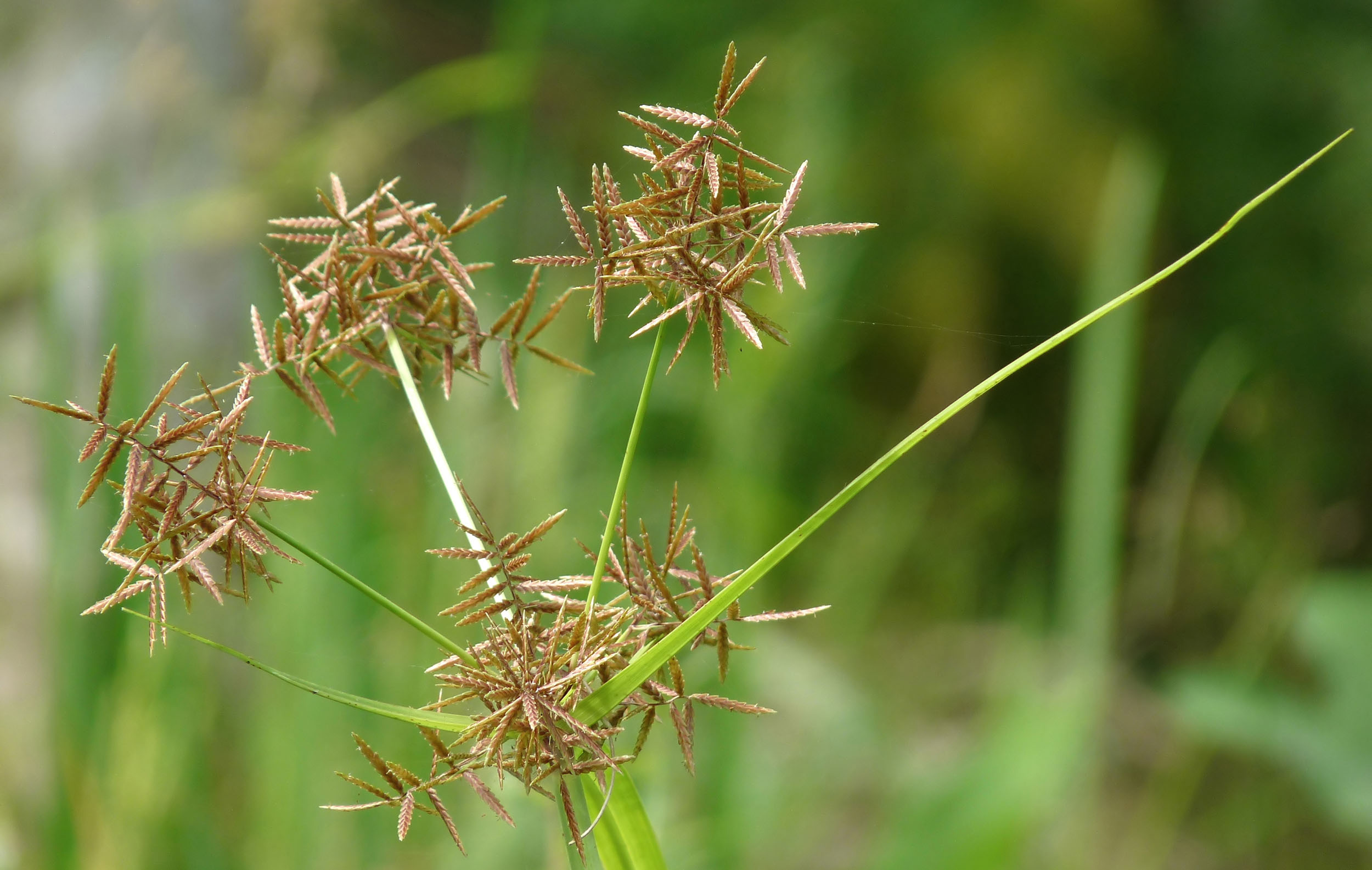
General Use:
Nut grass or musta is great for your digestive and urinary system. It fights metabolic disorders like diabetes and inflammatory conditions like rheumatoid arthritis. It can also help you manage weight and fight obesity. Musta is also being explored for treating epilepsy, Alzheimers disease, and even cancerTherapeutic Uses:
- It is acts as analgesic, astringent, antispasmodic, antibacterial, carminative, emollient, anti-inflammatory, anti-diabetic, anti-oxidant and more. It shows effect on various ailments.
- Mustaka is used in treating skin diseases ailments like eczema, scabies and itching.
- Helpful in treating eye disorders such as eye pains, redness of eye, conjunctivitis and ocular discharges.
- Helps to burn fat so helps to reduce fat deposition in obese people.
- Enhances the size of the breast.
- Normalizes the menstrual problems like irregularities.
- Improves digestive system, removes toxins and worms from gastrointestinal tract and purifies the blood.
- Treats ulcers.
- It is a nerve relaxant and helps to treat diseases like psychosis, epilepsy and mental health problems.
- Effective in the cases of vomiting, diarrhea and dyspepsia.
- Regulates the body temperature.
- Treats asthma and cough.
- Helps to pacify liver, spleen and pancreas.
Systemic Use:
Trishna nigrahaStanya shodhana
Lekhaniya
Kandugna
Administration:
powderDecoction
the daily intake of Mustha root powder (1 gram, three times a day) and Ashwagandha powder (1 gram, two times a day) shows good result in rheumatoid arthritis.
Pharmacological:
1. Antidiarrhoeal activity2. Antiinflammatory activity
3.Antimicrobial activity
Antibacterial, antifungal and analgesic activities of ethanolic extract of C. rotundus rhizomes were reported
4. Cytotoxic activity
- The essential oil of C. rotundus obtained from the rhizomes by hydro distillation was also tested for cytotoxic activity against human tumor cell lines (U 251 and Hela), and Ehrlich ascites carcinoma cells.
5. Antioxidant activity
6. Antiallergic activity
- Release of histamine and β-hexosaminidase by degranulation during an allergic reaction can be used as a biomarker of allergic response of mast cells.
7. Activity on central nervous system
8. Antiplatelet activity
9. Antiobesity and the antihyperlipidemic activity
10. Insecticidal and plasmodicidal activity
- » Classification and names of musta
- » Synonyms and definitions of musta
- » Drug Properties of musta
- » Chemical Constituents of musta
- » Standardization of musta
- » Parts used and Dosage of musta
- » Morphology and Histology of musta
- » Distribution and Conservation of musta
- » Cultivation of musta
- » musta in the market
- » Medicinal Uses of musta
- » Researches and clinical trails of musta
- » musta in other sytems of medicine
- » Ayurvedic formulations with musta
- » Images of musta




